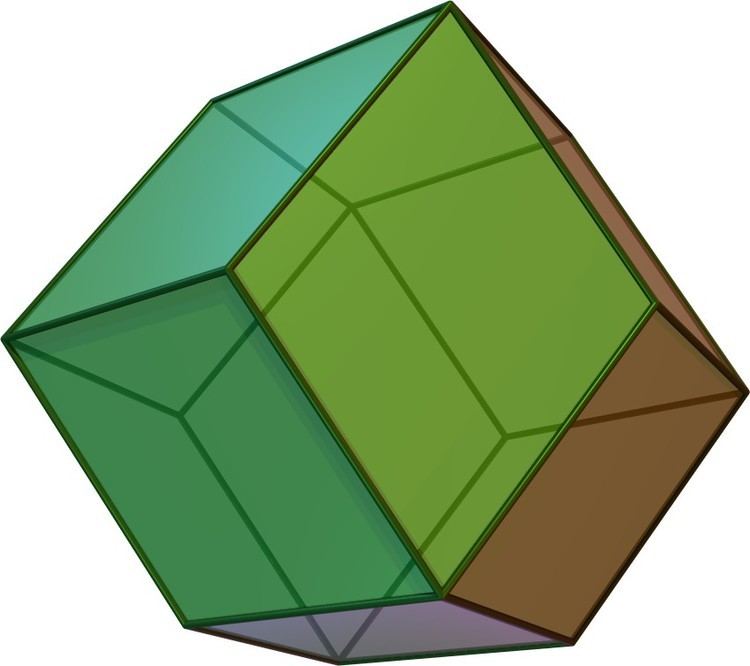← {\displaystyle {\boldsymbol {\leftarrow }}} t-transitive, t ≥ 2 | ||
 | ||
→ {\displaystyle {\boldsymbol {\rightarrow }}} edge-transitive and regular | ||
In graph-theoretic mathematics, a biregular graph or semiregular bipartite graph is a bipartite graph
Contents
Example
Every complete bipartite graph
Vertex counts
An
Symmetry
Every regular bipartite graph is also biregular. Every edge-transitive graph (disallowing graphs with isolated vertices) that is not also vertex-transitive must be biregular. In particular every edge-transitive graph is either regular or biregular.
Configurations
The Levi graphs of geometric configurations are biregular; a biregular graph is the Levi graph of an (abstract) configuration if and only if its girth is at least six.
